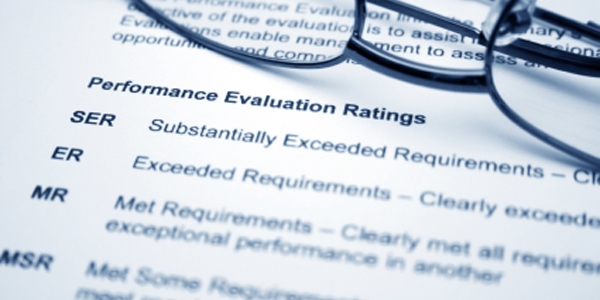It’s a great and worthwhile pursuit for Chief Procurement Officers to invest in their people, so, in that vein, over the next few weeks we will be analyzing the key skills and capabilities (or higher-level competencies) that a procurement professional (and department) should have in place in order to execute successfully. We will be using Ardent Partners’ Procurement Staff Competency Matrix that we developed with our CPO audience. This competency matrix established industry-wide capability measures for the average procurement organization.
We hope this series will help professionals and their managers to better understand and communicate what the required capabilities are for specific job roles within the procurement department and thereby help identify, develop, and deploy the people with the right skills into the most suitable positions. Professionals can also use this series to better identify where current gaps exist in their organization or within their own skill sets so that they can take action to improve or move into roles with greater responsibility (and pay).
Today’s Competency: Managing Supplier Performance
What is Managing Supplier Performance?
Supplier performance management is the process used to track and ultimately improve supplier performance by measuring key performance indicators (KPIs) and enabling collaboration with internal stakeholders and suppliers.
Supplier performance, like quality, is something that can be quantifiable and highly subjective at the same time. Like quality, the components of performance are highly dependent on the situation, the supplier, and the good or service provided. And, of course, like quality, there are thousands of sources for information on supplier performance and how it should be graded and then incorporated into future supplier negotiations. Sourcing teams can certainly use supplier performance evaluations to make smarter sourcing decisions, but they can also use this process to improve the quality of future supplier contracts (e.g., What SLAs should be included in a contract? What were the most important factors used in evaluating supplier performance and are they reflected in the contract?) and improve supplier communication and relationships (e.g., What did we just learn that we can share during the sourcing process to better define our requirements? How can we build upon what worked in the past and improve upon what did not?).
Importance to the Procurement Department
As I said to an ISM audience back in January, if I have to explain why managing supplier performance is important to a procurement audience, we’re in trouble. But in general, Best-in-Class enterprises understand that opportunities for growth and value are increasingly found in an enterprise’s supply chain, and that these groups are much more likely to have a supplier initiative that is focused on innovation and/or performance improvement. They are also twice as likely to have a standardized supplier performance management process and three times as likely to have visibility into supplier performance and supply risk issues. The opportunity for those departments with programs in place is to expand the scope of the team to include better engagement, communication, and overall management of strategic suppliers to foster innovation and drive greater value for its internal customers.
Importance to Career Advancement
Like mastering supplier risk management, mastering supplier performance management is just one more critical step in becoming a Chief Procurement Officer. CPOs understand the holistic nature of the business – especially how critical it is to have visibility into your suppliers and their performance. Without visibility, you cannot know whether your suppliers are fulfilling their obligations, and thus, you cannot make the best possible business decision for your company. So get engaged, get the intelligence, and make the smart decisions for your company and your career.
The CPO’s Grade
The supply performance management competency received a C- from Chief Procurement Officers, meaning that their staffs are passable, but not strong, when it comes to managing supplier performance. Many CPOs are aware of their lack of supplier performance management and the supply risk gaps that exist within their operations and are making deliberate strides to close them in an effort to establish better relationships with strategic suppliers, identify and mitigate supply risk, and improve overall supplier performance.
How to Improve
I thought this chart from one of our earlier research studies would be useful here. The chart below identifies CPOs’ Top Strategies to Improve Supplier Performance and Innovation. Our recommendation to procurement pros would be to focus on improving in these areas.
CPOs’ Top Strategies to Improve Supplier Performance and Innovation
At its core, managing supplier performance means regularly checking in with your suppliers and immediately taking any needed corrective action. So if you’re new to the procurement game or have fallen into bad habits, get engaged with your suppliers, stay engaged, and nip any small supplier “brush fires” grow into huge supplier “firenadoes” (see below).

RELATED ARTICLES
Skills for the Modern Procurement Pro – Data Analysis
Skills for the Modern Procurement Pro – Financial Analysis
Skills for the Modern Procurement Pro – The Sourcing Process
Skills for the Modern Procurement Pro – Supply Market Knowledge
Skills for the Modern Procurement Pro – Category Management
Skills for the Modern Procurement Pro – Cash Management
Skills for the Modern Procurement Pro – Operational Procurement

